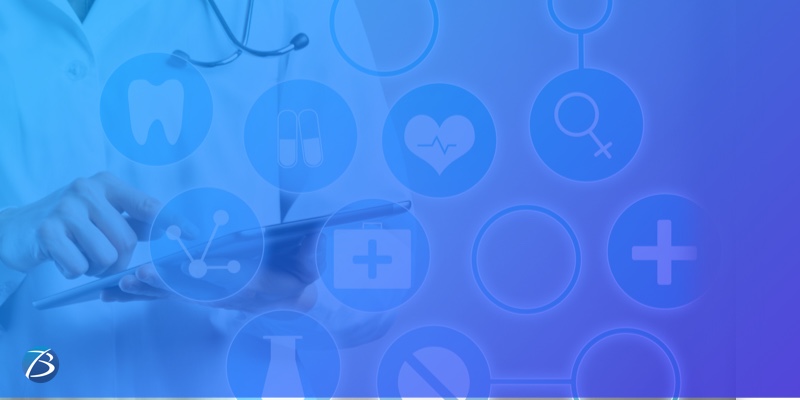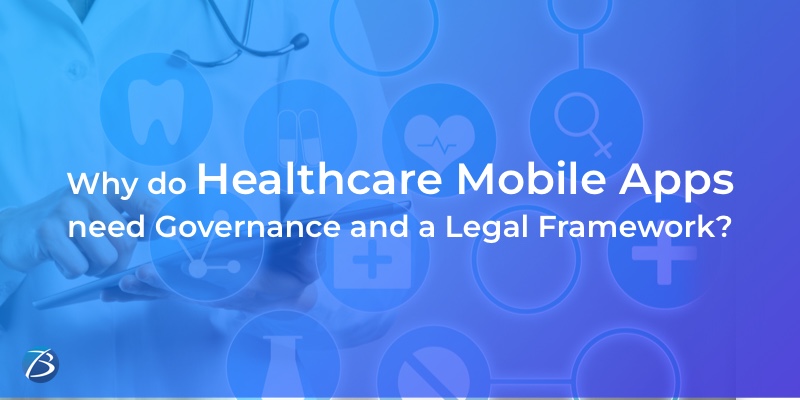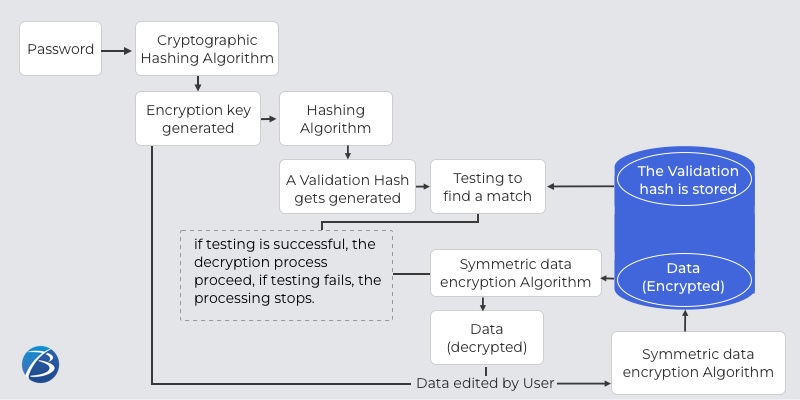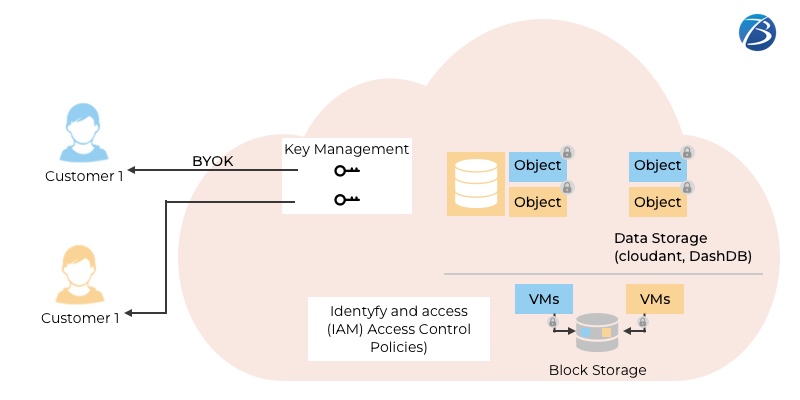Gamification in Healthcare Apps: Use Cases & Amazing Benefits
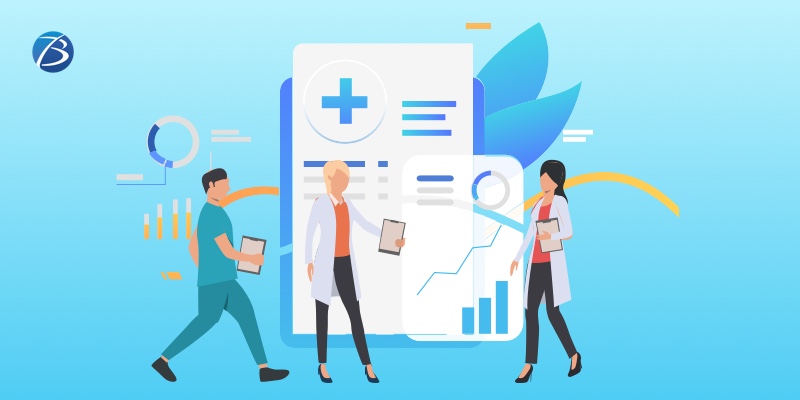
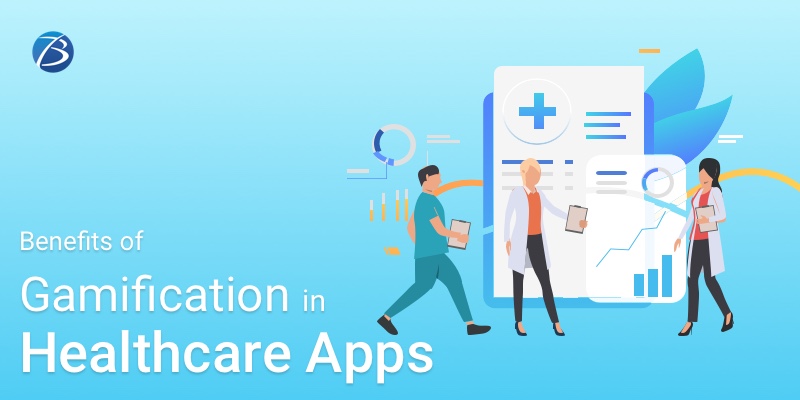
Gamification in Healthcare is an ongoing trend! Many of you might be of the opinion that it’s simply a marketing strategy of app creators to attract audiences or an attempt to appease the fun-loving new-era patients. But, in reality, gamification has much more to deliver than just amusement and has something in store for individuals of all age groups.
Well, gamification won’t cure patients completely but can motivate them to adhere to healthy lifestyle practices, and overcome challenging health tasks; resulting in improved patient outcomes. And, you’ll be surprised to learn about the potential & amazing benefits of Gamification to health app users; including patients, providers as well as practitioners.
As per market research conducted by the popular online portal Global Market Insights, the total market value of the Healthcare Gamification market was USD 25.3 Billion in the year 2020. They predicted this value to grow at a CAGR of over 14.6% from the period of 2021 to 2027. And today, the concept of gamification is gaining momentum in the healthcare application development industry at a fast pace.
This post throws light on the implementations of healthcare gamification, use cases, and its enormous power to improve patient outcomes.
What is meant by Gamification in Healthcare?
Gamification in healthcare refers to the strategy of integrating gaming elements, gaming principles, game mechanics, and game design methods into non-gaming apps like healthcare apps. The key objectives of gamification are to induce fun and engaging elements into tiresome activities, motivate users to follow wellness regimes, and improve patients’ emotional, cognitive, and behavioral health. For instance, chalking out a diet or healthcare regime, Gamified exercises for patients with mobility impairments, back pain, etc are some of the gamification concepts in healthcare apps.
Gamification in healthcare works best for medical apps that deal with fitness, wellness, nutrition, self-management, medication management, mental health, physical therapy, rehabilitation, etc.
How are Gamification Elements integrated into Healthcare Apps?
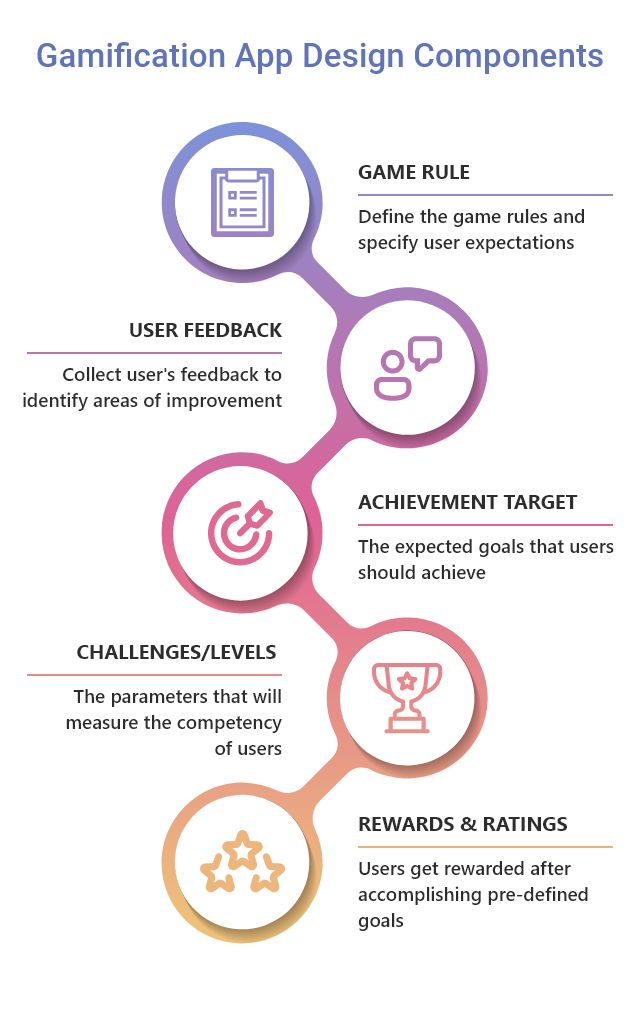
Simulation Gaming
Immersive simulation gaming aims at making the patients visualize the adverse effects and consequences of health-related issues, if not properly dealt with. Such kind of gaming elements is also useful for healthcare researchers and clinicians, helping them to upgrade their technical knowledge, medical processes, and patient monitoring practices.
Storytelling Approach
Storytelling has always been an effective strategy for convincing people and so, today’s health apps are introducing storytelling elements into healthcare gaming. These stories involve players achieving challenging health/fitness objectives through fun activities. Missions are designed for the users and they can listen to audio narratives uncovering an adventurous story. This inspires them to complete difficult wellness missions overcoming all adversities. This approach is usually employed in Fitness apps for missions concerning jogging, running, exercising, etc.
Levels and Challenges
Gamification in healthcare often involves competitive components like gaming levels for fulfilling wellness/fitness milestones. Here, the basic level consists of simple tasks to perform. As the game proceeds, the levels become more complex due to the addition of difficult tasks. The users have to nail the achievements like covering 5 kms in 2 days, etc. mentioned in a specific level, to qualify for the consecutive level.
The addition of challenges increases the competitiveness of the entire activity and motivates the users to achieve the impossible. Here, users can achieve a specific fitness goal and challenge other users or can accept challenges from others to perform a specific task.
Progress Bars
The app tracks users’ wellness/health activities continuously. The progress made by users is measured and the performance statistics get displayed, usually in graphical formats. This way, users stay informed on their daily progress. For example, heart rate monitoring apps display the treatment progress via graphs while fitness apps track training & exercise parameters as calories burnt, steps walked, miles covered, etc.
Leaderboards & Ratings
Individuals are often tempted to compare themselves with others. Leaderboards and performance ratings make use of this tendency to motivate users. Leaderboards are used in group training sessions to assess and identify the most successful member in the group. Also, users are rated on the basis of their performance. Ratings are displayed in a tabular format so that users are able to compare their performance with other members. This creates a competitive environment that pushes the users to improve their performance and achieve healthcare objectives no matter how difficult they are. And, being able to share their achievements on social media enhances the overall effectiveness of this entire strategy.
Virtual Representatives/Avatar
Some health apps, particularly fitness apps, have implemented this novel and interesting feature. Here, an avatar, a virtual representation of the user, is involved. When a user loses weight the same result is reflected in the avatar whereas if the user gains weight, the avatar gets punished.
Rewards & Badges
Health app users get badges or reward points for completing a mandated activity. The badges and reward points are visual identifiers of a patient’s success in fulfilling necessary health-related tasks. In some apps, users can even exchange reward points for receiving in-app service benefits, discount coupons, buying medicines, or earning a free monthly subscription.
This approach encourages users to set milestones for accomplishing personalized healthcare goals that had seemed boring, tiresome and challenging in the past. And, winning rewards or recognition for achievements instills a sense of pride amongst the users and motivates them to keep up their good work. Sharing their progress and achievements with other users or friends builds up competitiveness, pushing users to stick to the desired health or wellness regimes. What’s more? These additional perks boost users’ loyalty to a specific medical application.
Gamification in Healthcare: Use Cases

Children’s Health Apps
The doctors and patients of kids undergoing long-term treatment find it difficult to make them understand the significance of their ailments as well as the importance of adhering to medications & therapies. Moreover, young kids often refuse to swallow bitter pills and undergo therapies. Gaming elements play a crucial role here by teaching the kids to be more responsible concerning their health. Gaming also adds fun elements to make them forget the fact that they are undergoing treatment and increase their willingness to follow regimes.
The pharma company Pfizer created a video game that teaches children suffering from haemophilia the necessity of following treatment plans and medication. Hemocratf provides a simulated environment where kids learn how treatment methodologies work and how they can help themselves during accidents before help arrives. The app My PlayHome Hospital prepares kids for doctor visits and helps them to shed their phobia by turning the kids into virtual doctors. With MyTeeth, kids learn the correct way of brushing their teeth.
Mental Health Apps
Emotional health issues are rising and modern-day individuals need some help in managing such woes. What can be a better solution than gamified apps?
Moodfit uplifts the users’ mood when they are facing issues like stress, anxiety, and depression. Users can track their daily progress and mood swings, and also receive actionable exercise recommendations.
Loona alerts users about their mood and helps them to get some relaxing sleep after a hectic day. Tactful gaming elements like storytelling, relaxation activities, and pleasing sounds are used for inducing sleep.
Health Apps for managing Medication & Chronic Conditions
Several chronic diseases like diabetes require self-management, which is one of the most difficult regimes to stick to. Well, Gamification in healthcare has eased things.
Mango Health enables patients to adhere to medication regimes, offers information on medicines, and warns about the possible side effects of medications. Flaredown monitors patients’ health by updating patients on medical conditions, symptoms, treatments, and the way these factors can affect a patient’s physical/mental state. With the app Manage My Pain, users can identify the areas affected by pain, track the intensity of the pain, and receive suggestions on relieving the pain.
Physical Therapy/Rehabilitation Apps
Patients find it challenging as well as time-consuming to recover from issues like mobility, independence for carrying out daily activities, etc. after an accident or severe injury. Gamification increases the effectiveness of physical therapy.
The app Prehab educates users on ways of controlling their health via physical therapy. Users get a host of tips, workouts, and the facility to connect with trained therapists whenever needed. The solution named Eyesight Exercise offers audio tips and instructions for eyesight improvement and eye relaxation techniques. The rehabilitation app Physera offers exercise tips to build up flexibility and strength. VERA utilizes motion tracking technology, compares patients’ performances with desired standards, and provides corrective measures.
Nutrition & Fitness Apps
Nutrition and fitness apps are quite popular amongst new-age individuals for maintaining a healthy lifestyle. Introducing gaming elements into such apps is an added perk for users.
Apple’s Health app allows users to track wellness parameters like heart rate, hydration, activity, sleep quality/patterns, calories gained/burnt, and many more. The fasting app Zero tracks down the mood changes of users during fasting periods. MyFitnessPal is a nutrition app that helps users to track their daily calorie intake, manage weight, set goals, and select food recommendations from a nutrition database as per their healthcare objectives.
Cancer Treatment
Gamification in Healthcare has proven beneficial for cancer treatment as well. The gaming app Re-Mission employs the nanobot named “Roxy.” Roxy is a player that fights and combats crude cancer treatment methodologies depicted in the form of weapons like radiation guns, chemoblaster, antibiotic rockets, etc. Roxy survives all adversities and this example has helped cancer patients to stick to medication and therapies.
Gamification in Healthcare: Advantages
Improves the Effectiveness of Treatment Plans & Medication Adherence
Gamification in healthcare helps patients with one of the most neglected tasks; that’s adherence to medication and treatment plans. Gamification imbibes resilience and motivates users to take medications on time. It even offers incentives to follow healthcare regimes, track medication schedules, refill prescriptions on time, stick to doctor appointments, etc. Gamification also enables doctors to monitor patients’ health activities and verify whether their patients are following medication/treatment regimes as required.
Optimizes Patient Engagement & Retention
Gamification motivates individuals to achieve their healthcare goals and makes them realize their accountability for their healthcare choices. Attractive and engaging games make monotonous health tasks all the more enjoyable. In the long run, gamification in healthcare educates patients about their illnesses, enables patients to battle depression effortlessly, and encourages them to stick to treatment plans. This way, health app owners can engage and retain customers in the best possible manner.
Valuable Consumer Insights and Feedback
The healthcare data entered by the users into the app and the patient improvement data generated within the app help providers to gain valuable insights and consumer feedback. This information is utilized for identifying current trends, customer needs, and areas of improvement. It enables healthcare providers to design user-centric apps with better clinical outcomes; provide more customized features, and implement improved security protocols.
An Effective Medical Learning Tool
Medical Students, as well as practitioners, need to learn and remember humongous facts, concepts, theories, emerging technologies, etc. and gamification makes this process way easier. Gamified medical apps help healthcare professional retain knowledge and information as they can cover complex topics speedily and with several repetitions.
Final Thoughts
Gamification in Healthcare benefits both patients as well as providers. Users get an elevated experience, receive assistance with health/medication regimes, get the much-needed motivation to accomplish fitness goals, health objectives, etc. Providers can engage patients in a better way, and win customer loyalty, and brand recognition. However, to extract the full potential of gamification, healthcare app developers need to craft solutions based on well-established theories and game mechanics.
So, how about designing a gamified medical app or gamifying your existing healthcare app to make it more effective, appealing, and engaging to users? For achieving this objective, I would recommend you to partner with an experienced healthcare app development company that will help you leverage gamification elements to the fullest.

